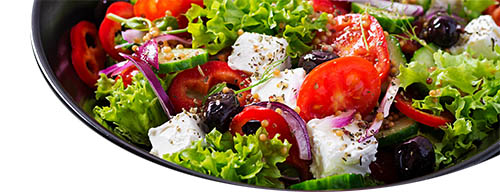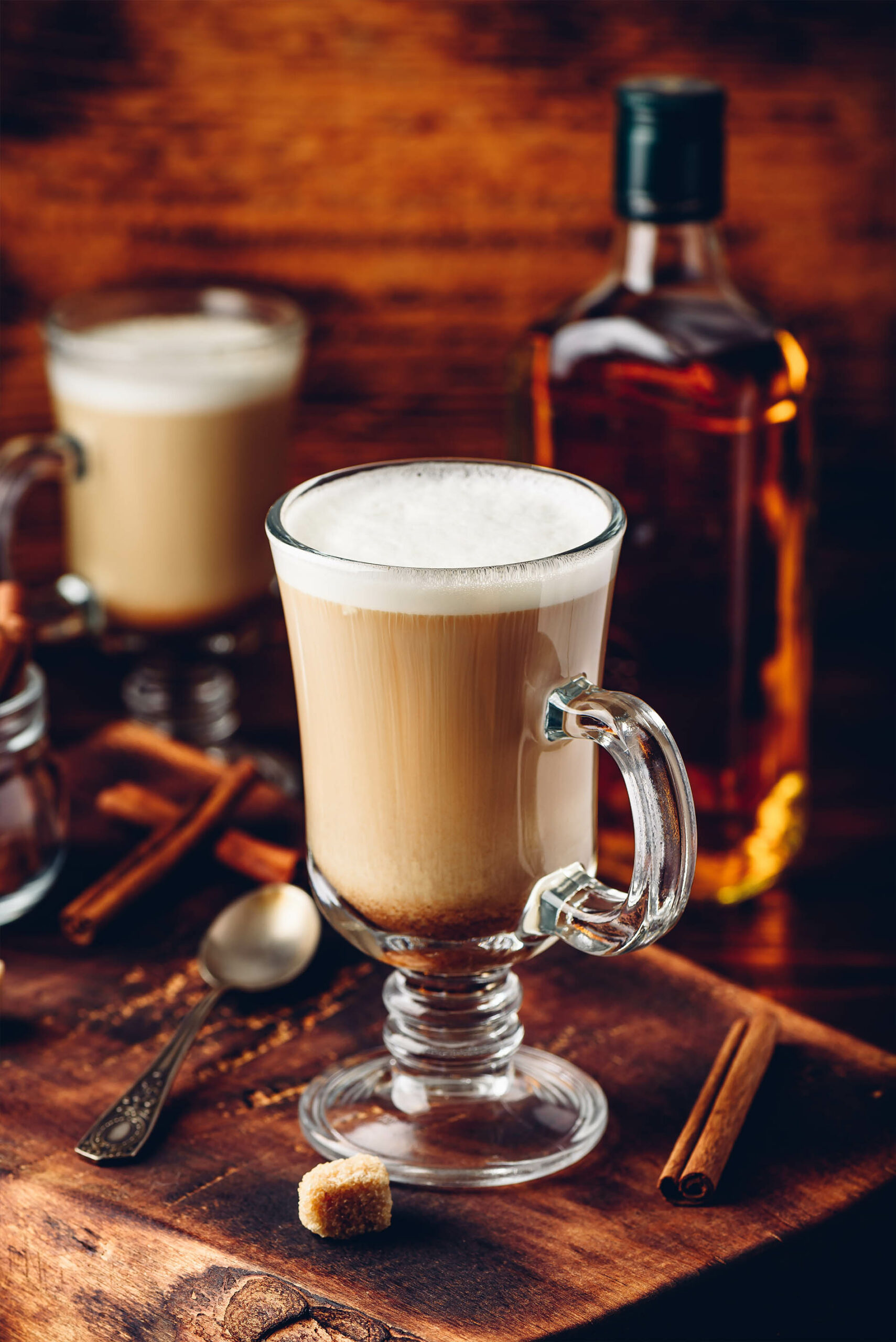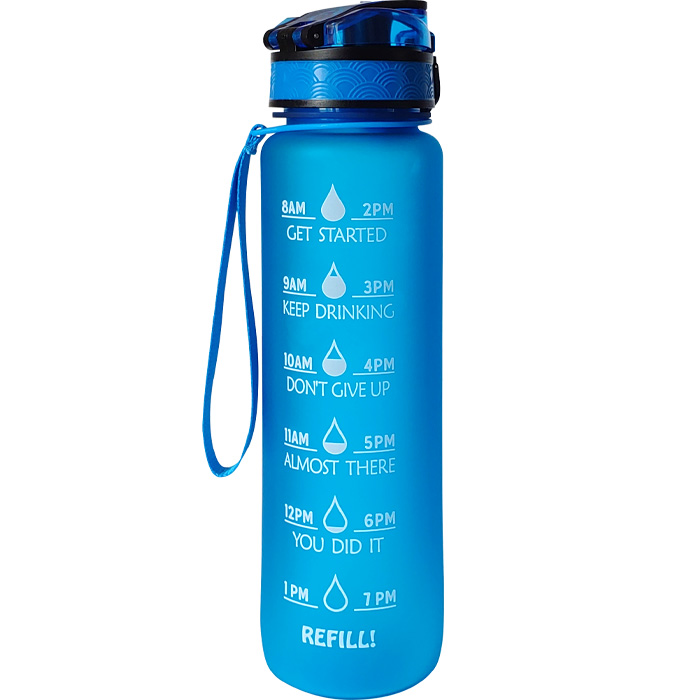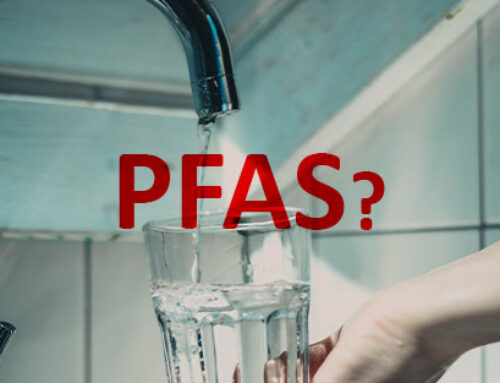The Secret to Healthy Generations #1
When I used to ask my 70-year-old mother if she had drunk enough, she usually answered: “Yes, I had a coffee for breakfast and now tea in the afternoon. I can’t drink much more, otherwise I always have to go to the toilet .”
Does that sound familiar to you?
Older people in particular seem to simply forget to drink and ignore their sense of thirst. This is exactly what is important to keep all bodily functions fit. After all, we are made up of approx. 2/3 water and even a few percent below the optimal range significantly impair basic processes in the body. Sometimes there are headaches, the metabolism is not satisfactory, the skin becomes slack. “You are not sick, you are thirsty!” does it have Dr. Batmanghelidj in a nutshell.
The rule of thumb is 30-40 ml of water per kg of body weight.
According to this, a woman weighing 70 kg should consume about 2 1/2 liters and a man weighing 80 kg almost 3 liters. However, you don’t have to drink all of this, because this already includes the liquids contained in the food, which can be considerable depending on the food. Melons with a water content of over 90% and cucumbers with 97% rank at the top, vegetables in general. But even a bread roll with cheese already contains water, which flows into our fluid supply. Depending on the type, cheese has a water content of around 60%.
Diet plays a big role in hydration. So if my mother had eaten a lot of cucumber salad and tomatoes, the daily fluid balance would still be good. Anyone who wants to measure their daily liquid intake will be happy about such drinking bottles with scale and quantity in ml in different sizes and colors.
In many cases, soft drinks such as cola, lemonade, energy drinks and often fruit juices contain a relatively high amount of sugar. Dr Lars Libuda, Professor of Nutritional Science at the University of Paderborn, confirms that avoiding soft drinks reduces the risk of Adipositas (obesity).

Toxic substances are flushed out.
There are drinks that are toxic to our body and which it strives to dilute as soon as they appear in the digestive tract. Caffeine is a poison, 333 espressos are said to be deadly. alcohol as well. The term ethanol means the same thing, but sounds a bit more chemical and not like a luxury food. In order to dilute the drunk liquids of coffee, alcohol or similar, or to balance the saturation between the drink and body water (osmosis), the body’s water resources are used to flush the toxic substances out of the body. The result is water loss. Therefore, coffee, alcoholic drinks & Co. – although liquid and tasty for many – are not suitable to cover our fluid needs. A glass of water with these drinks helps to do this.
A major factor in hydration is heat and physical exertion. Clearly for everyone, at the desk in an air-conditioned office there is less need for refills than in a laundry, when working as a bicycle courier or with a uniform in the blazing sun. These professional groups know the peculiarities, but even those who do not work in hot jobs should adapt their fluid intake to the ambient temperature and exercise.

Sweating a lot also means more mineral loss.
That’s why the sweat on our upper lip tastes salty on a hot summer’s day or when we’re exercising. If that is no longer the case, you should react quickly. Minerals are mainly ingested with food. Mineral water cannot meet the daily minimum requirement of minerals and even tap water sometimes has more minerals dissolved. A healthy and balanced diet with mineral-rich foods is the basis. Water transports the nutrients in our body and with the sweat also out to the outside. However, a pinch of salt in the drinking water or other isotonic drinks promises quick help. When fasting, other special features apply. Vegetable broths are used or deficits are made up for after sunset.
Also read Part 2





